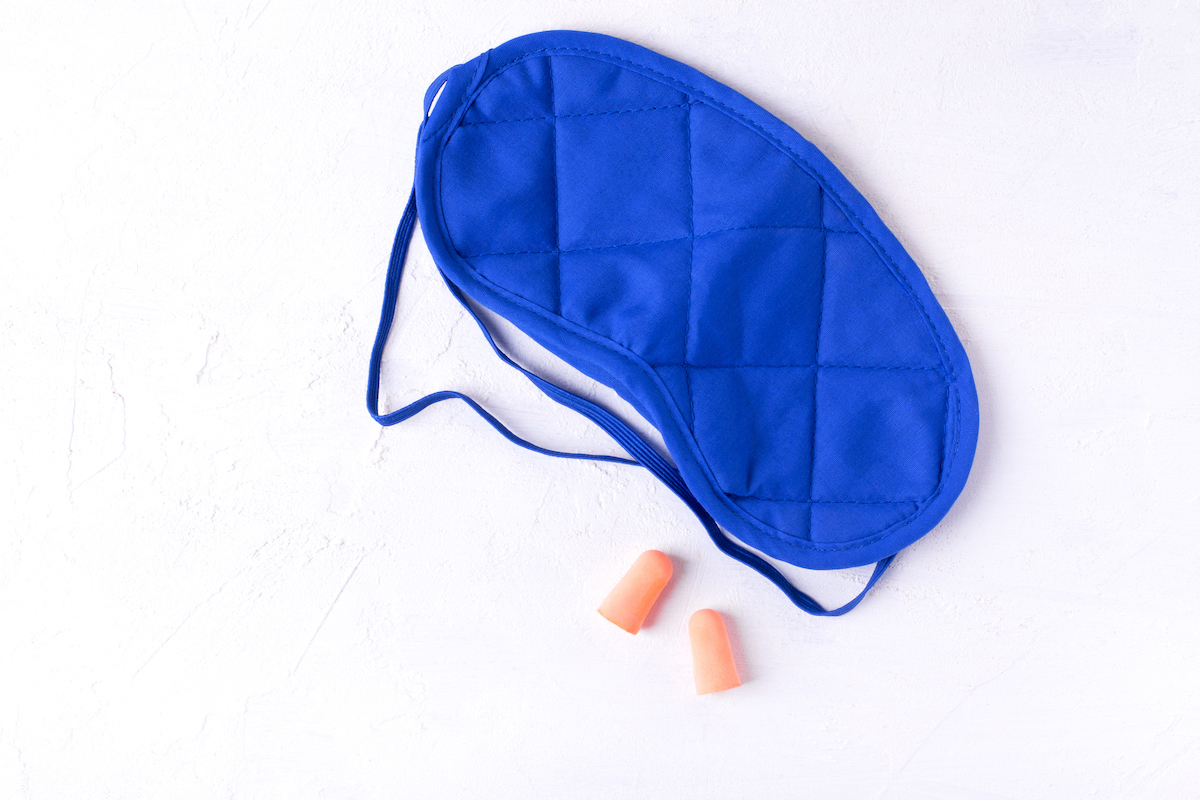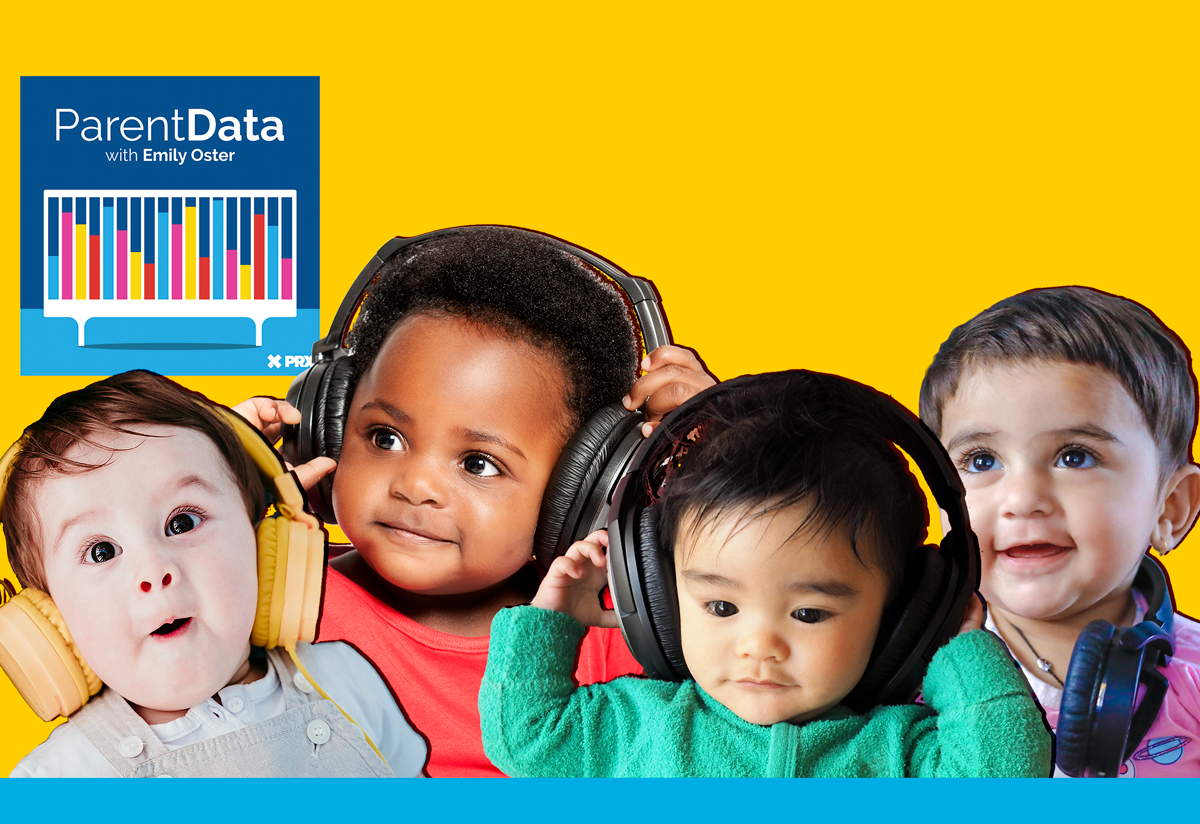This post was inspired by a question I get frequently. It’s some version of “I’m pregnant and my doctor said it’s important to work out but that I shouldn’t get my heart rate above 140. Is this true?”
But not everyone receives this advice! Last weekend, after I wrote on Instagram that I was going to discuss this in the newsletter, I ran into a friend who asked me, basically, the exact opposite: “My doctor told me that any amount of exercise at any intensity is fine. That can’t be right, can it?”
The fact that both of these pieces of advice are floating around is reflective of so much of the messaging of pregnancy. It’s the reason I wrote Expecting Better in the first place: the feeling that conflicting advice like this couldn’t possibly be reconciled until we understood where it actually came from.
The spoiler for today is that the second version — that more or less anything is okay — is much closer to the truth. But we’ll have a much easier time accepting and acting on that if we understand why. Today is a deep dive into these guidelines about exercise intensity. (Apologies in advance to those of you who are going to ask why I didn’t talk about weight lifting; I promise, it’s on the list for another day!)
Background to recommendations on pregnancy and exercise
Before getting into the studies of exercise in pregnancy, we need a little terminology about heart rates in people, and also an understanding of fetal heart rate.
Heart rate terminology
Your heart rate is a measure of the number of heart beats per minute. A typical “resting” heart rate for adults is 60 to 100; small children have faster heart rates on average.
Your maximum heart rate is, as suggested, the maximum number of beats per minute you could hit. This maximum varies by age. The standard formula is 220 minus your age; so for a 40-year-old, the typical maximum heart rate is 180.
Both resting heart rate and maximum heart rate vary across individuals. Resting heart rate is affected by physical fitness; elite athletes typically have a lower resting heart rate (40 to 60 bpm). Maximum heart rate is not a metric of fitness, but it does vary across people, and this variation isn’t of concern.
When we talk about limitations on exertion in pregnancy, they are sometimes discussed in terms of limitations on an actual rate (say, staying under 140 or 150 bpm) and sometimes in terms of a percentage of the maximum. So if your maximum heart rate is 190 bpm, staying at 80% of that would be under 152.
Fetal heart rates
Fetal heart rates are, on average, much higher than adults’, at between 110 and 160 bpm. Fetal heart rates vary over time for a number of reasons, including maternal activity. In particular, maternal exercise may impact fetal heart rate. The main concern during exercise is the possibility of causing variation in fetal heart rate outside of normal bounds.
When fetal heart rate falls below 110 (called bradycardia) or goes above 160 (tachycardia), it raises possible concerns. However, it is important to think about why those concerns arise. A fetus that has a persistently high heart rate for no identified reason is a cause of concern, as it could indicate a cardiac or other underlying issue. On the flip side, lowered heart rate in a fetus — especially during labor — can be a clear sign of fetal distress. In either case, persistent low or high heart rate can cause worry.
Put differently: if we saw a short period of fetal heart rate variability outside the normal range, we would worry because of the possibility that it indicated a deeper problem. But there isn’t any biological reason to think that transient periods of this type of variability would be worrisome in isolation.
To give a somewhat oversimplified analogy: imagine you wake up with a huge bruise on your shin. In the absence of any reason why this would occur, it’s a big concern — it could indicate an issue with blood thinning, or a variety of other things, some quite bad. However, if you’d accidentally rammed your shin on the bed frame in the middle of the night, you wouldn’t be concerned about this at all because you’d know why it happened.
Most of the data below will be about the question of whether exercise changes fetal heart rate outside of these ranges. But in a sense, it’s not obvious we should be concerned even if it does, because short-term changes in fetal heart rate with understood causes are not of significant concern.
Data on exercise and fetal heart rate
With that background, we can dive into what the data says about fetal heart rate and exercise. The best summary article I found on this is here, and we can go through many of the studies it summarizes in detail.
It is useful to start with a 1988 paper in JAMA, which is probably the origin of the advice on heart rate restriction. In this paper, the authors had 45 pregnant women exercise at a gestational age of around 25 weeks. They had women engage in either “submaximal” effort (peak heart rate averaging 148 bpm) or “maximal” effort (peak heart rate averaging 180 bpm). The primary outcome was fetal bradycardia (low heart rate). They found that in 15 of 75 maximal-effort sessions, they observed short periods of bradycardia immediately following exercise. There was only one episode in the 85 submaximal-effort sessions, and it may have been unrelated. Importantly, there was no evidence of any negative impacts on infants from any of these episodes, and non-stress tests on fetuses performed 30 minutes after exercise were normal in all cases.
The authors of the paper caution against exercise at a heart rate greater than 150 bpm based on these observations, but it is very important to note that this conclusion rests on the idea that there is some negative impact of these short-term bradycardia episodes, which they and others do not have any evidence for.
Not all research shows this same set of results, though. A later paper, using 23 women, showed virtually no concerning changes in fetal heart rate after exercise that raised maternal heart rate to an average of 176 bpm. Another paper found that fetal heart rates were raised in 11% of babies after exercise, but there was no evidence of exercise-induced fetal distress. In general, a number of studies have found that fetal heart rates increase as a result of maternal exercise, although usually not into a zone of concern, and without evidence of fetal distress.
In a study of elite athletes, authors observed reduced blood flow and fetal bradycardia when the athletes were exercising at above 90% of maximal heart rate. These measures returned quickly to normal when exercise ended, and there were no long-term impacts observed.
Interestingly, there is some work (summarized in the review) on the overall impacts of maternal exercise on fetal heart rate. The data suggests that fetal heart rate may be on average lower and more variable when their mothers engage in regular aerobic exercise. This may actually have long-term benefits for health (of the baby), although more needs to be done to understand this.
Reading over all of this literature, we are as usual left with the desire to have more data, but things do start to come into focus. Fetal heart rate does seem to vary with exercise. Increases and decreases in heart rate happen, though in a relatively small share (far less than half of women). There is little evidence of any of this for exercise in a submaximal range. Exercising at closer to maximal effort is more likely to lead to these transient changes, but they resolve quickly. There is no evidence in any of what we see of negative consequences for babies.
As with almost anything, I can see some people reading this and deciding that keeping a heart rate below 150 feels best to them. I can see others (and I would put myself in this camp) saying that this makes them comfortable doing more. As with everything in pregnancy, it’s worth thinking about your preferences and listening to your body (and talking it through with your doctor).
Does exercise have benefits? Or other risks?
Yes on both.
There is a lot of emphasis on the importance of exercise in general, and in pregnancy. Exercise is generally good for you, even at quite moderate levels. It improves cardiovascular health, glycemic control, and so on. Exercise during pregnancy has similar impacts, and prenatal yoga in particular has some links to easier birth outcomes. You don’t have to kill yourself to exercise, and it’s not some magic bullet, but it’s definitely worth considering.
The one significant risk to be aware of is the slightly higher risk for injury as your ligaments loosen up a bit. If you run — as you run — just lighten up if you need to.
One crazy story
I want to end with a wild story about measuring fetal heart rate during labor. This is a case report. The authors studied one elite athlete during labor. During the first stage of labor, she cycled 26 miles on a stationary bike, with only brief periods of rest (in contrast, I watched 26 episodes of Mad Men, with only brief periods of rest). At 4 centimeters dilation, the authors put a heart rate monitor on the baby. The patient then did more exercise on the bicycle. The authors did not find any evidence of concerning fetal heart rate variation, which was the primary measurement here. She then went on to deliver her baby (the baby was fine).
I do not think this story really tells us anything. I just thought it was fascinating and kind of cool, so I wanted to share. Childbirth, whether or not you bicycle through it, is a pretty badass thing to do.

















